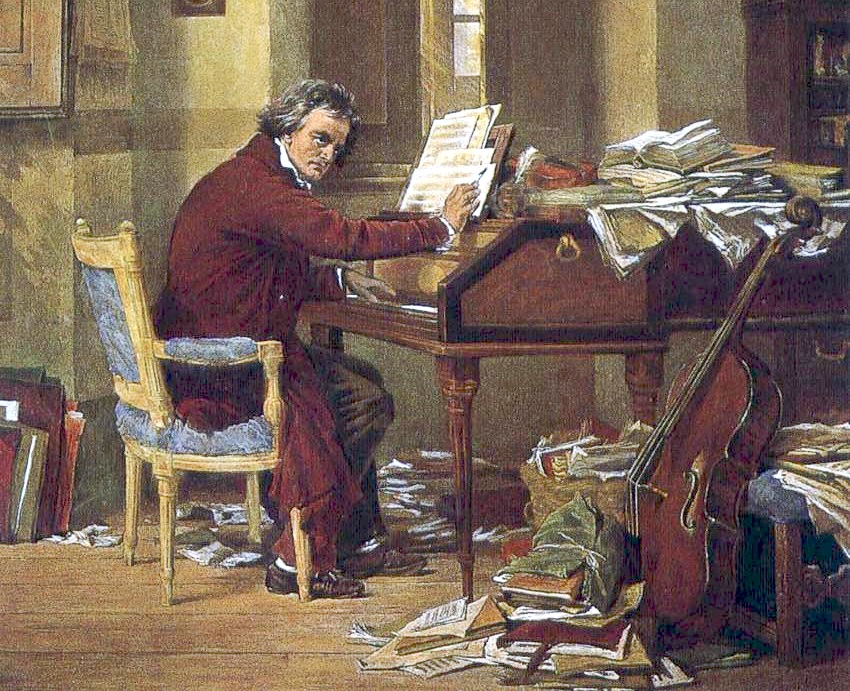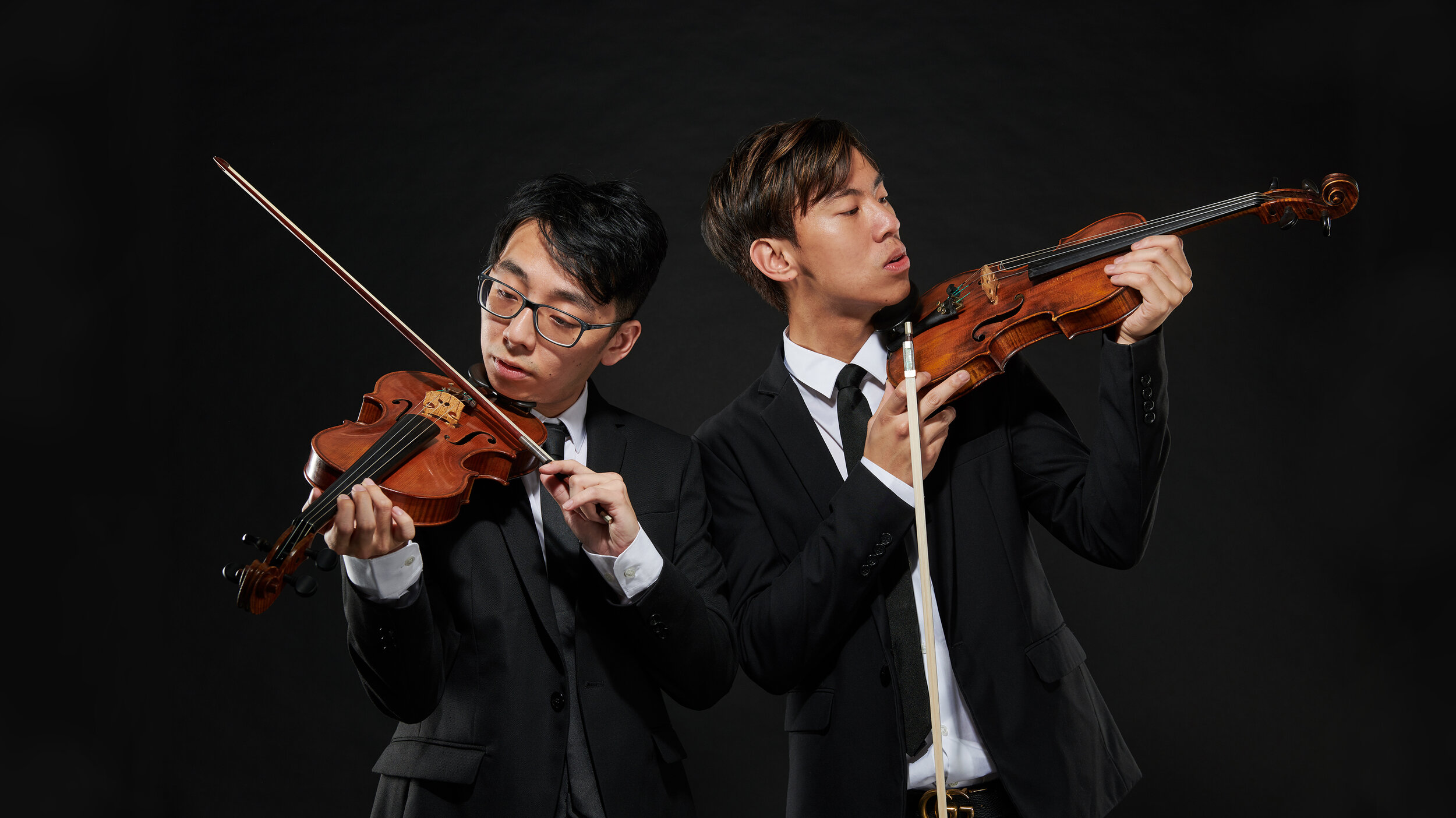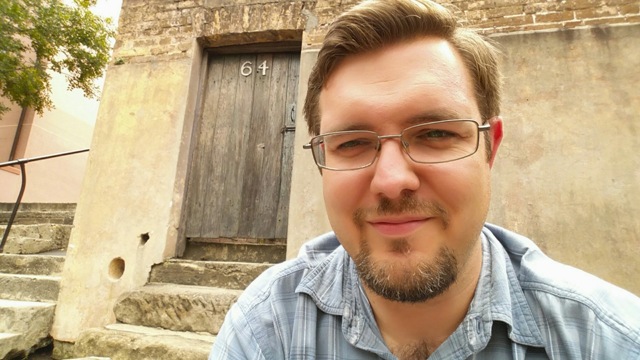
I know it’s been a while between articles on this site, but I’ve come out of blogging semi-retirement because I’ve been fascinated by the various thought-provoking interactions between members of the classical music community as we try to process everything the year 2020 has thrown at us.
At this stage, the winner for summing up the year does appear to be David Taylor, who I suspect shall be regarded as the prophet of the industry after his insightful prediction for how the year would pan out.
Amongst other writers, some see hope for change, many see devastation, but one of the most well-written articles I read recently was this one by Peter Tregear entitled “In Defence of Lost Chords: Classical music’s struggle for relevance and survival.“
First up, I’ll pay it just for the reference to “The Lost Chord”, one of my guilty pleasure favourite songs. (Which you can read about on my personal blog.) Tregear is on the money about many of the difficulties facing the Australian classical music industry and he is also upfront about the risk of the ageing audience, something I haven’t seen acknowledged for a while:
As the public conversation about classical music has faded, so have the audiences. There is a common notion (indeed, it is again doing the rounds on social media) that people generally grow into appreciating classical music; that house-music ravers in their twenties and thirties become connoisseurs of symphonies and string quartets in their fifties and sixties. The hard statistics tell us otherwise. People do not, by and large, ‘convert’ to classical music as they age; our children and grandchildren are only to feel further and further estranged from the sounds of an orchestra or an opera.
Tregear arrives at the insightful point that there has been a distinct lack of advocacy for the music itself. This year is the 250th anniversary year of Beethoven’s birth. If it had been a normal year, most classical music organisations would have played a lot of Beethoven. (In fact, it’s almost a distant memory when the worst thing that we were facing was that some people thought we were playing too much Beethoven. Oh, to only have that problem to worry about!)
Tregear uses Beethoven as an example to make his point:
Is it not possible to determine what musical performance cultures we wish to support at least partially in musical terms alone, that is with reference to the music’s actual, material, musical substance? Let us consider one example. This year, but for the pandemic, we would have been celebrating the 250th anniversary of the birth of Ludwig van Beethoven. In advancing programs of his music, there was an opportunity to draw wider public attention to the mesmerising intricacy of Beethoven’s musical constructions, his way of building large-scale sonic structures from the obsessive development of curt musical motifs. This is music, surely, that invites us to think musically, to partake of a heightened kind of listening.
He concludes by throwing out a challenge to the industry:
The answer, then, to the question (were we to ask it) ‘Who is the Beethoven of Australia?’ is, of course, ‘Beethoven’. Such music can, and should, be properly understood, as Edward Said once wrote, as ‘part of the possession of all … humankind’.
It is rare, however, to hear a director of one of our classical music institutions, let alone an arts minister (in those government arenas where such a portfolio still exists) stake out such a naked claim for this music’s value …
The case for classical music’s ongoing relevance to Australia, and thus the argument for ongoing support, must now be made, first and foremost, as a proposition of musical value. The Covid-19 crisis gives us both the opportunity, and necessity, to do so. The underlying argument we should all be pressing is that great music in all its forms, in all its genres, wherever it is found, and however it is ultimately labelled by us, should be understood as belonging to, speaking for, and challenging each and every one of us.
What I find interesting, though, is that if you read this by itself, you would think that no one is speaking up for classical music. Whereas, I actually think we have more voices speaking up for classical music than ever before, often quite successfully. But (and this is important) they are often not academic or industry voices and thus we perhaps discount them.
Let me list a few examples:
Exhibit A: InsideTheScore
A YouTube channel started up in December 2017 by the name of InsideThe Score. I’m not even sure of the name of the well-spoken young English gentleman who runs the channel but he (much like myself) got into classical music after understanding a bit more of the theory behind the music. He now makes video after video, explaining musical concepts to help fans of film music become fans of classical music.
For years, I’ve been hearing that nobody ever jumps from being a movie music concert attendee to being a classical music attendee, but did any classical music institution or organisation anywhere in the world attempt to explain things as clearly and simply as InsideTheScore does? He now has 177,000+ followers to prove that there is indeed an overlap between film and classical audiences and runs regular online music listening sessions with his fans.

Exhibit B: That Classical Podcast
The year before ITS took off, two young twenty-something Brits sat down to create a podcast called That Classical Podcast, a podcast aimed at introducing its listeners to new composers, instruments and styles of music. (But without the stuffiness.) Winningly informal, with many bad jokes along the way, it is surprisingly eclectic. The hosts of the show (and they have had one personnel change since beginning the podcast) often dive into spikier music by more diverse composers than can be found in many an orchestra subscription brochure. They simply love the music and their enthusiasm is infectious.

Exhibit C: TwoSet Violin
Several years ago, two young conservatory-trained violinists from Brisbane, the city I am living in, started posting a few video gags on Facebook. The humour immediately struck a chord with music students around the world and slowly but steadily, the popularity of TwoSet Violin has grown to be an immense juggernaut. At a staggering 2.73 million followers on YouTube, they have overtaken even André Rieu, as the classical music internet phenomenon.
And while many might in the industry might regard some of their humour as a bit on-the-nose, there are many heavyweights of the classical music world who are happy to be associated with them, including superstar violinists Ray Chen and Hilary Hahn. Also, lest you think the only brand they are building is themselves, I was recently watching a YouTube video of Richard Strauss’ Death and Transfiguration. In the comment ssection, somebody had asked, “Who’s here because of TwoSet Violin?” No less than 22 people responded with a yes. Who else in the world is encouraging Richard Strauss listening on that scale?
***
So what do these three have in common? Quite simply, these young people have been unafraid to experiment with how they talk about classical music. The reason I bring them up is because Peter Tregear asks a good question about who in the industry is prepared to talk up the music on its own terms. But my challenge to myself as a marketer and everyone else in my field, is that there is also a question of how we talk about the music as well.
 I’m currently the Director – Sales and Marketing at Queensland Symphony Orchestra. (All thoughts my own.)
I’m currently the Director – Sales and Marketing at Queensland Symphony Orchestra. (All thoughts my own.)
Leave a Reply